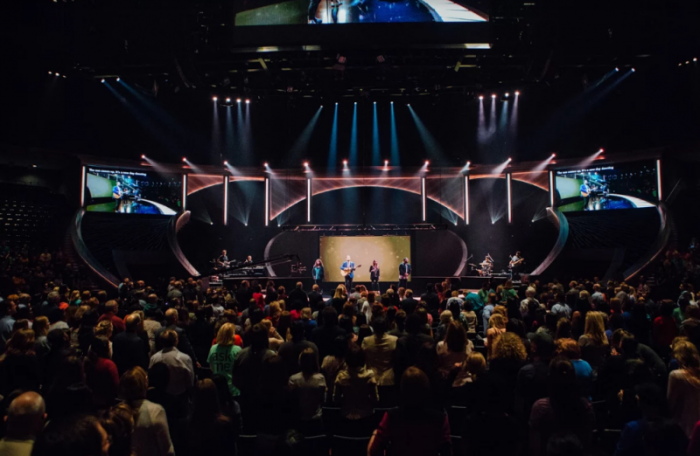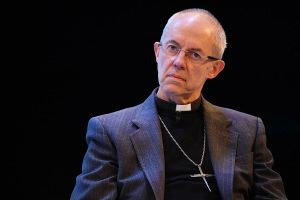Are Megachurches Biblical? Evangelical Professor Explains What Is 'Non-Negotiable'

A Southern Baptist Theological Seminary professor recently tackled the long-debated question of whether megachurches are biblical, pointing out that there are some key non-negotiable principles that every church needs to follow.
"The real question is one of obedience. Does this church look like the church of the New Testament? Are we carrying out what Christ has given us to do? That is non-negotiable, but size is never made a part of the command," said Hershael York, Victor and Louise Lester professor of Christian Preaching at Southern Seminary.
"We're not told to get to a certain size and split, nor are we told that a small church is ineffective. We're told to be faithful, specifically to the Great Commission."
York insisted that Scripture never makes size a qualification for a good church, and pointed to the history of the first church in Jerusalem, when Jesus talks to the Apostles about church discipline in Matthew 18.
"On the day of Pentecost we know that they are numbered 120 that gather together in the upper room. And then by the end of the day they've grown considerably," he said, noting that "3,000 were saved and baptized on that day" thanks to the Holy Spirit.
The professor said that scholars believe there could have been as many as 50,000 people in the church of Jerusalem at one point, too many to fill the temple court, which forced them to spread out to other sites.
"I don't think that you can say that a church is more biblical because it's small, or more biblical because it's large. I don't think either model is unbiblical," he continued.
"I think the question is obedience and effectiveness. Is the church obedient to what God has given us? Are they faithful to the Great Commission — are they making disciples, and baptizing them and teaching them to observe all things whatsoever He's commanded? Are they reproducing, making other churches?"
York insisted that both small and large churches can do those things, but said that both models face their own challenges.
"The challenge of small churches is koinonitis. They fellowship so much that they fellowship with each other, but they feel like they don't need anybody else, they don't want to mess up the dynamic," he warned.
He said that small churches might become afraid of people "who don't look like us, think like us, dress like us," and are wary of outsiders.
At the same time, he warned that large and growing churches must seek how to organize in order to maximize their impact on people's lives, and get them committed and accountable and ministering.
Church elders and leaders need to ask themselves "Are we being faithful to what God has given us to do?"
"Sometimes you can be more faithful by growing, by witnessing and growing and seeing people come to the church. In other times, you need to divide," York suggested.
He pointed out that while the New Testament has bedrock principles for all Christians, "nowhere does it say that all the church must gather in one place in one time in order for it to be an effective church. Nor does it say that they cannot be for instance multisite."
Several studies have been conducted on the effectiveness of megachurches in America. A February 2016 study by the American Sociological Association's journal Socius found that members of large churches are often less involved than those of smaller congregations.
The research found "a negative relationship between size and the probability of attendance for Conservative, Mainline, and black Protestants and for Catholics in parishes larger than 500 attenders." It said that the findings support the theory that "group cohesion lies at the heart of the size-participation relationship in churches."
Some megachurch pastors, such as Rick Warren of Saddleback Church in California, have pushed back against the criticism that large churches are not biblical or just a fad.
"Christianity for 2,000 years has had large churches, including the very first one," he said in 2010. "The first church in Jerusalem was five times bigger than Saddleback.
"So the very first church was a megachurch."
Multisite churches are also nothing new, Warren said, noting that the tens of thousands of people who attended the first church in Jerusalem met in various places such as temple courts and homes.




























